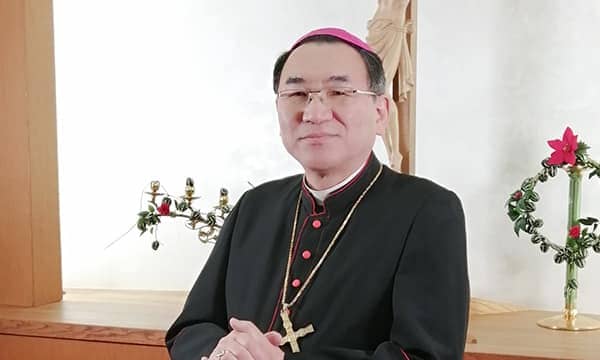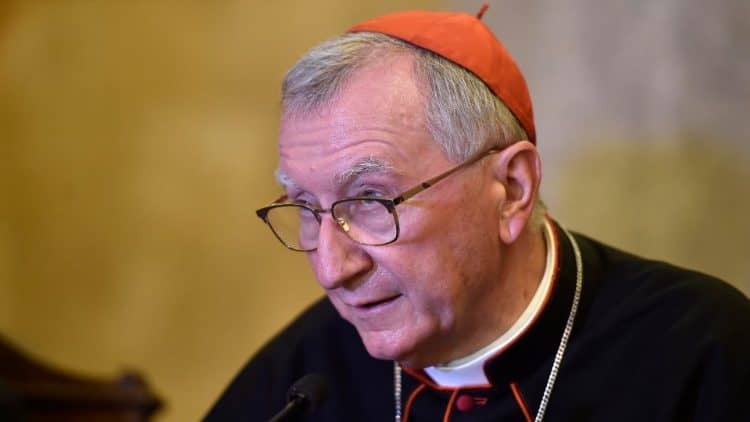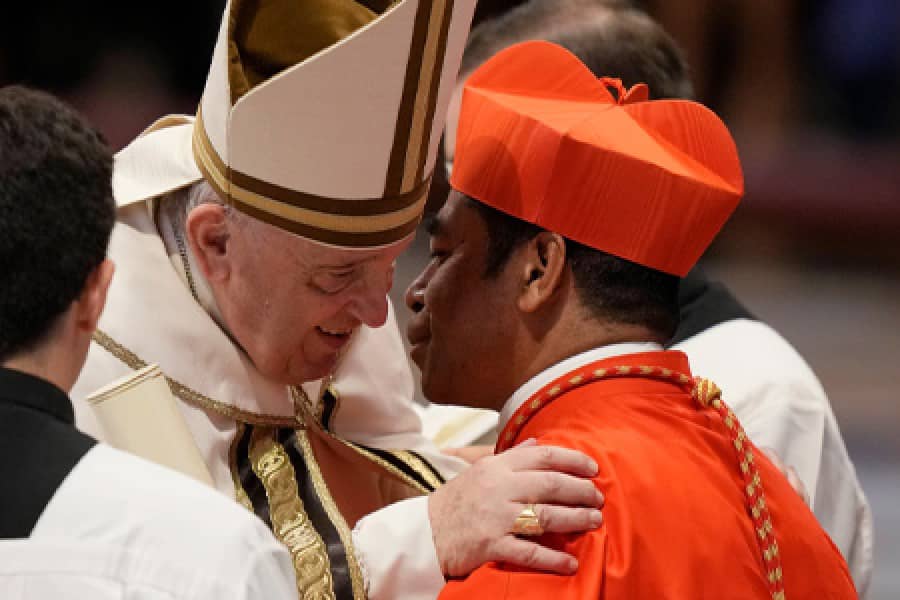AMSTERDAM, The Netherlands — Several thousand faithful braved below-freezing wind chills on a recent weekend night and filed quietly through the streets of a city more typically known for its red-light district vices than for its religiosity.
The hourlong Stille Omgang, or “silent walk,” held every year on a Saturday night around midnight a couple weeks before Easter, commemorates a medieval miracle and a post-Reformation time when Catholics were forbidden from displaying their faith publicly.
It’s a subdued ritual that stands in contrast to the extravagant processions found in other countries with a rich Catholic heritage.
As I walked quietly with strangers past strip clubs, sex shops, restaurants and expensive clothing stores, as well as a McDonald’s and a Burger King, I was struck by the 673-year-old celebration’s endurance and power against all odds.
Amsterdam’s status during the 17th-century Dutch Golden Age — the era of Rembrandt, Vermeer and Spinoza — is well-known. But in the Middle Ages, before the expansion of the canals, what was then mostly a fishing village became a pilgrimage site after the so-called Miracle of Amsterdam.
On March 15, 1345, a priest administered the last rites to a dying man, who lived on an Amsterdam street called Kalverstraat. The sick man vomited the Communion host, which, per custom, was cast into a fire. The next morning, however, the sacrament was intact, untouched by the flames like Moses’ burning bush. It was preserved as a sacred relic, which attracted pilgrims.
Later, after the city became Protestant in 1578, Catholics, Baptists and other Christians who didn’t belong to the Calvinist Reformed Church practiced their faith in “schuilkerken” or “hidden churches,” which remained beautiful on the inside but often looked like ordinary canal houses on the outside. There was, however, tolerance of houses of worship of “foreign” faiths, notably of Jewish synagogues.
By the 17th and 18th centuries, Amsterdam’s Catholic minority marched in commemoration of the miracle, but did so silently due to laws restricting their public worship.
The silent ritual walk reportedly draws up to 5,000 people. Congregations typically gather for Mass at their church and then walk together as a group. Groups overlap, as stragglers mingle with the speedy, front lines of other communities; the walk is to be completed over the course of several hours.
I tagged along behind a church from the south of the country and was one of about 150 people in a larger group traversing the route. The group was mostly middle-aged and well above that, including quite a few seniors, though earlier in the day a version was held that catered to children.
The nighttime program started with an hourlong Mass in Dutch (I only understood the Lord’s Prayer, chanted in Latin) that began at 10:30 p.m. at the Begijnhof Chapel.
The two-story chapel, heir to a destroyed Catholic church associated with the miracle, is devoted to Sts. Johannes and Ursula.
After the standing-room-only Mass, the worshippers and I filed out to the courtyard, called a hofje, and then out into the street. As we walked along silently, it was clear that this medieval commemoration has modern wrinkles.
“They all look so solemn. I wonder what happened,” one passer-by told her friends outside a high-end clothing store.
Some Amsterdammers, especially motorists, treated our group the same way American drivers treat funeral processions: by giving way. It helped that police stopped traffic along the route.
But we were easily mistaken for tourists due to the small yellow flags the leaders bore, and many pedestrians, cyclists and moped riders nearly ran us over or yelled at us to move out of the way. We kept our heads down, didn’t break our silence and trudged on.
The walk transpiring in Amsterdam, the religious observance often mixed with the distinct smell of marijuana, as our route took us past some seedy spots in high-trafficked tourist areas.
But there was something in the silence of this modern pilgrimage that felt more powerful than the city’s trappings. It made the night feel quiet and meditative.
If utter silence allows for hearing pins drop, our shared journey’s silence made the voices of passers-by, who weren’t part of our group, seem even more booming, and snippets of some of their conversations — particularly quite a few drunken ones — seemed even more banal.
And somewhere along the way, I, a non-Catholic who tagged along as an observer reporting on the silent walk, felt that I too was part of something bigger than myself.
Despite the bone-chilling temperatures and the late hour, I watched older Dutch Catholics with canes and walkers propel themselves along, huddling together for spiritual warmth, and with common purpose, commemorating a miracle they believe occurred nearly seven centuries ago.




















